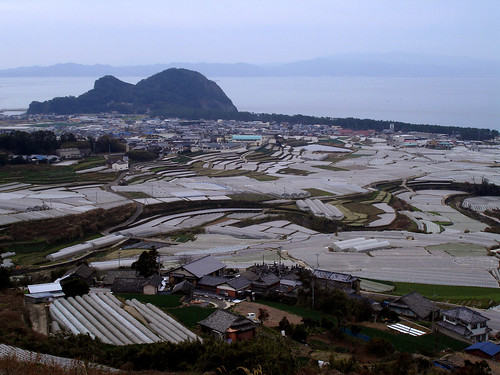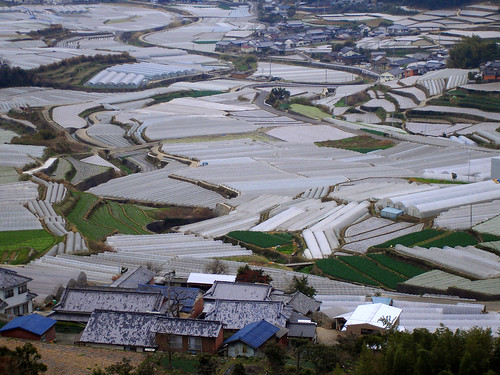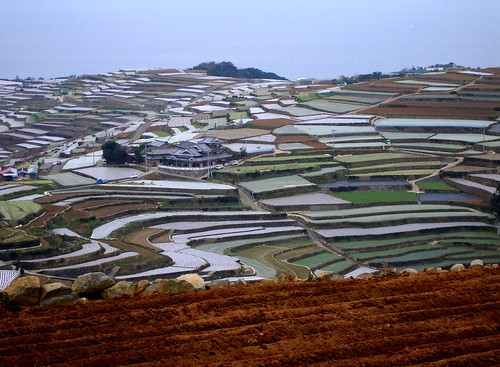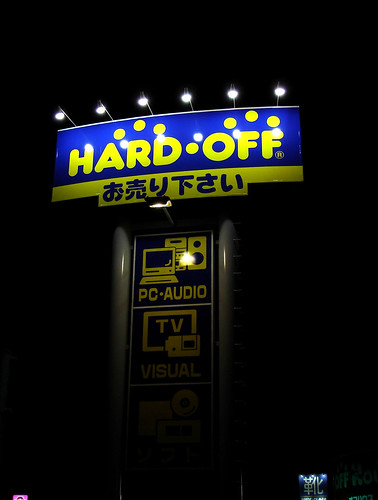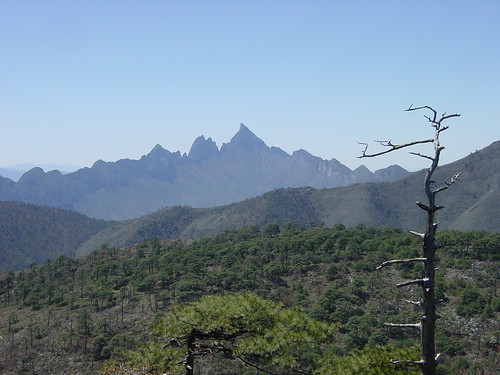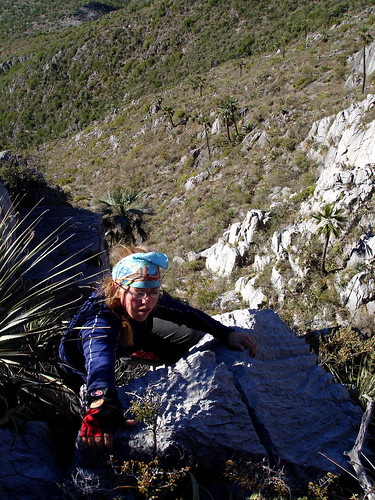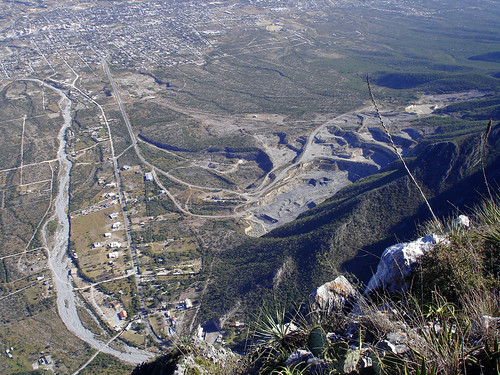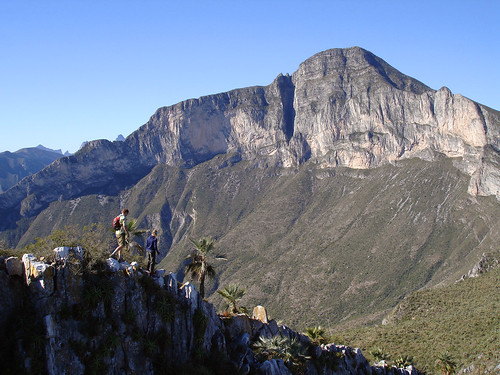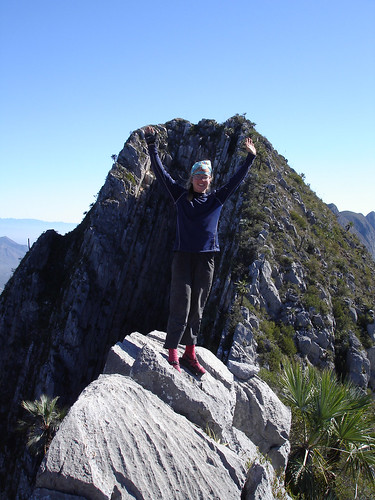Yakushima

Yakushima , a small circular island approximately 60kms from the south-most tip of Kyushu, is world renowned for its mountains, flora and fauna. With an annual precipitation of 4,000 to 10,000 mm, lush green vegetation covers everything and crystal clear rivers gush down the valleys.
The famous anime director Miyazaki Hayao used Yakushima as the model setting for Mononoke Hime, the most successful anime in history and the most profitable Japanese film to date.
March 22nd was a national holiday, giving us a long weekend. This allowed us just enough time to make a trip to Yakushima. Leaving Saturday night from our house we were able to take the ferry from Kagoshima port the next morning and get to Yakushima by early afternoon. The ferry ride was exciting with 3-4 meter waves rocking the boat back and forth much to the delight of the hormone-laden high school students who were on a school trip. With every sway the girls all screamed while the boys, queasy themselves, displayed obvious interest. We wondered to ourselves, when did we grow out of this kind of behavior?!
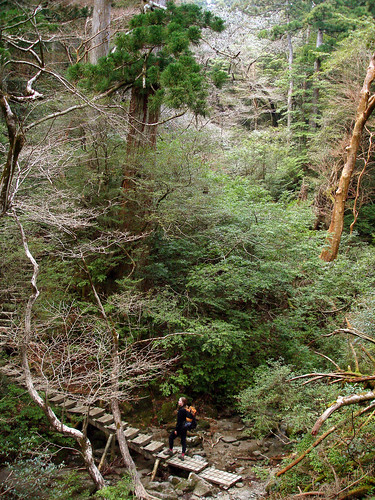
Upon arrival we jumped on the only available bus, which took us almost to the start of our trail. The first part of our journey was on the road until we came to the confluence of the Arakawa and Anbou rivers. From there we started up a narrow gauge railway which was once used to haul lumber. The tracks gradually climbed until finally we came to the trailhead.
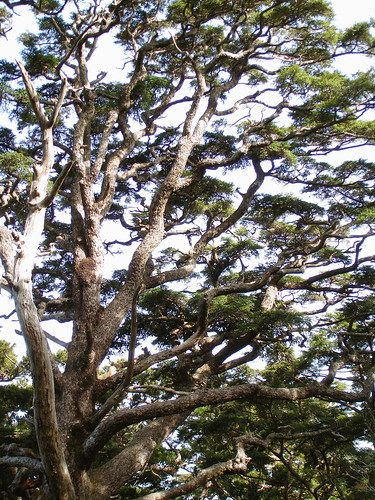
From here it was a steep climb on a nice path through old growth forest. This was when we could finally relax and abandon our stress to the fairytale-like surroundings of the forests and mountains. We saw monkeys and deer foraging by the trailside. High above in the canopy could be heard the cries of birds rejoicing in the warmth of spring.
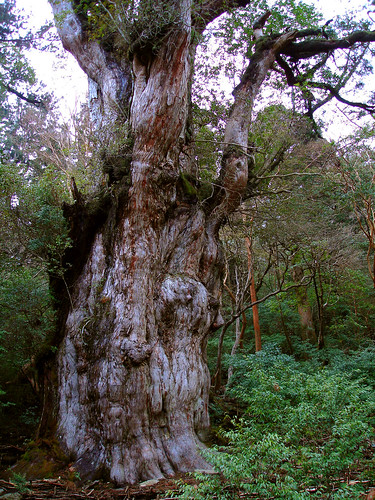
Just as the light started to fade we came upon the Joumonsugi -- the main reason why so many Japanese tourists come to this island at all. The age of this tree has been estimated to be somewhere between 2,100-7,200 years(scientific estimates tend to be toward the low end of this wide spectrum). Its trunk has a circumference of 16.8m and the tree is over 25m high. I was of course impressed with the tree, but truthfully speaking there were many big and beautiful trees -- one after another.
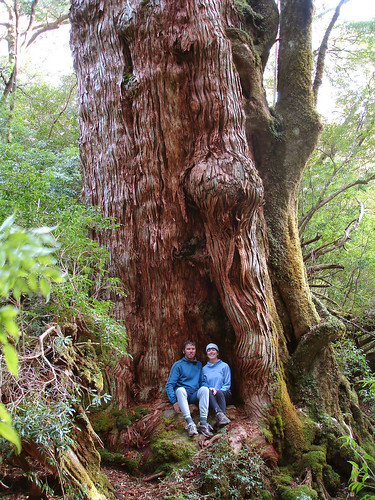
That night we camped by a mountain hut in our tent. The hut was crowded with university students traveling on their spring vacation. The huts along the path are free of charge to hikers. Nearby there are toilets and a spring with clean delicious water. During peak season I imagine this particular hut is always packed. We considered sandwiching ourselves among the nest of merry hikers, but instead opted to sleep outside in our tent.
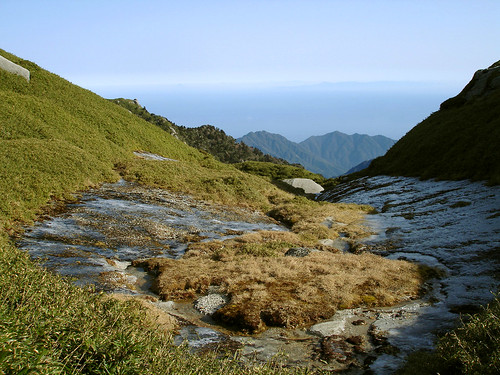
Bright and early the next morning we set off enjoying the clear brisk air. As we continued to gain elevation the trees started to thin out. In their place grew a kind of low bamboo grass called Yakuzasa. In patches there was snow and still higher up, the path was completely covered in a varnish of ice. In many places the sides of the trail were decorated with delicate hoar frost.
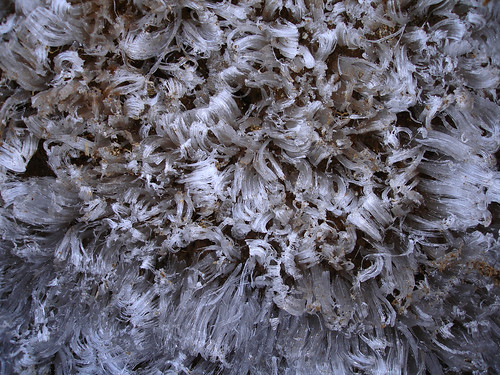
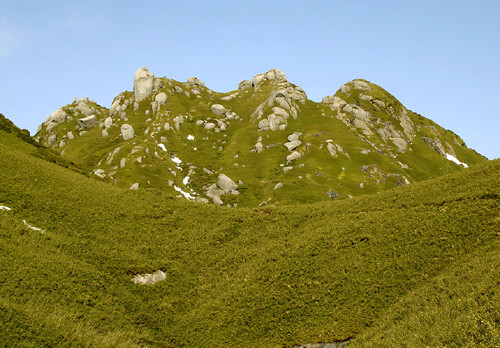
We decided to make a side trip to a nearby peak called Mt. Nagata. We dumped our packs at the trail junction and relieved of our burdens practically flew up the trail to the summit.
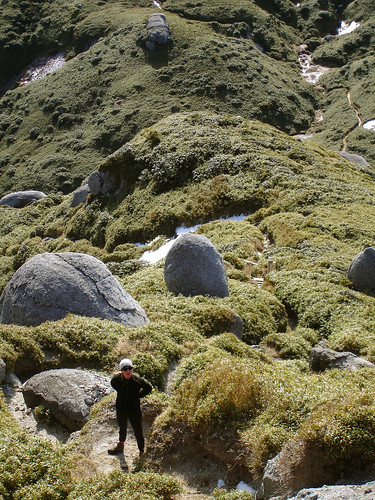
Surrounding us were large boulders and beautiful vistas in all directions. After retracing our steps to our packs we continued on the remaining distance to Mt.Miyanoura (1936m). Mt.Miyanoura is the tallest mountain in Kyushu and is rated as one of the top 100 mountains in Japan. (Yes, it’s “the best 100” phenomenon again.) At the summit we caught a quick break while enjoying the unique scenery. On this particular day the visibility was unusually clear. Looking north, we were able to see as far as the Kirishima volcanoes in southern Kyushu, and to the south the phantom outlines of three more islands further along the chainlike archipelago which stretches towards Okinawa.
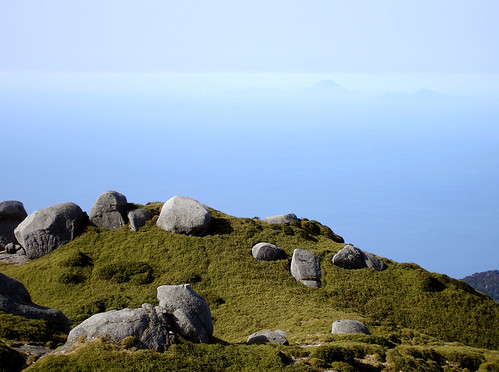
On the way down we slipped and skated on the icy trail until finally the midday sun thawed things out. From an alpine bog called “Hananoegou", we took the Ishizuka trail down to Yakisugiland (Yakisugi is the name of the large cedar trees, and land is, well, English -- go figure?!)
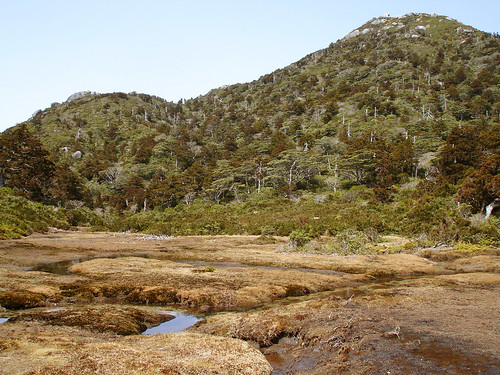
This trail was obviously the path less taken, as we only met one other person who happened to be a foreigner that lived on the island and worked maintaining the very trails we were walking. The trail followed the ridge, weaving through the green velvet forest and descending into a valley with a beautiful clear river running through it. We enjoyed the trail’s solitude. We made it down to Yakisugiland at dusk; perfect timing.
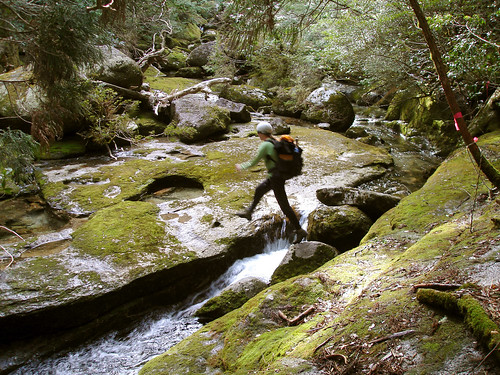 The next morning we made some friends with various interesting hikers, caught the bus down to the port and together lunched on the local specialty- flying fish.
The next morning we made some friends with various interesting hikers, caught the bus down to the port and together lunched on the local specialty- flying fish.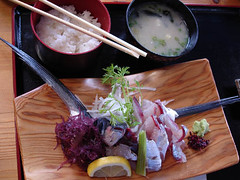
On the ferry ride back to Kagoshima all passengers were brought together over the baseball game on TV- Japan vs. Cuba in the World Championship final. With every hit scored the energy in the cabin grew, finally terminating in a crescendo during the 9th inning victorious rally. Everyone was clapping and cheering. Strangers were suddenly the closest of friends. After this past winter Olympics disappointing results, this victory for Japan was much appreciated and warmly received.

